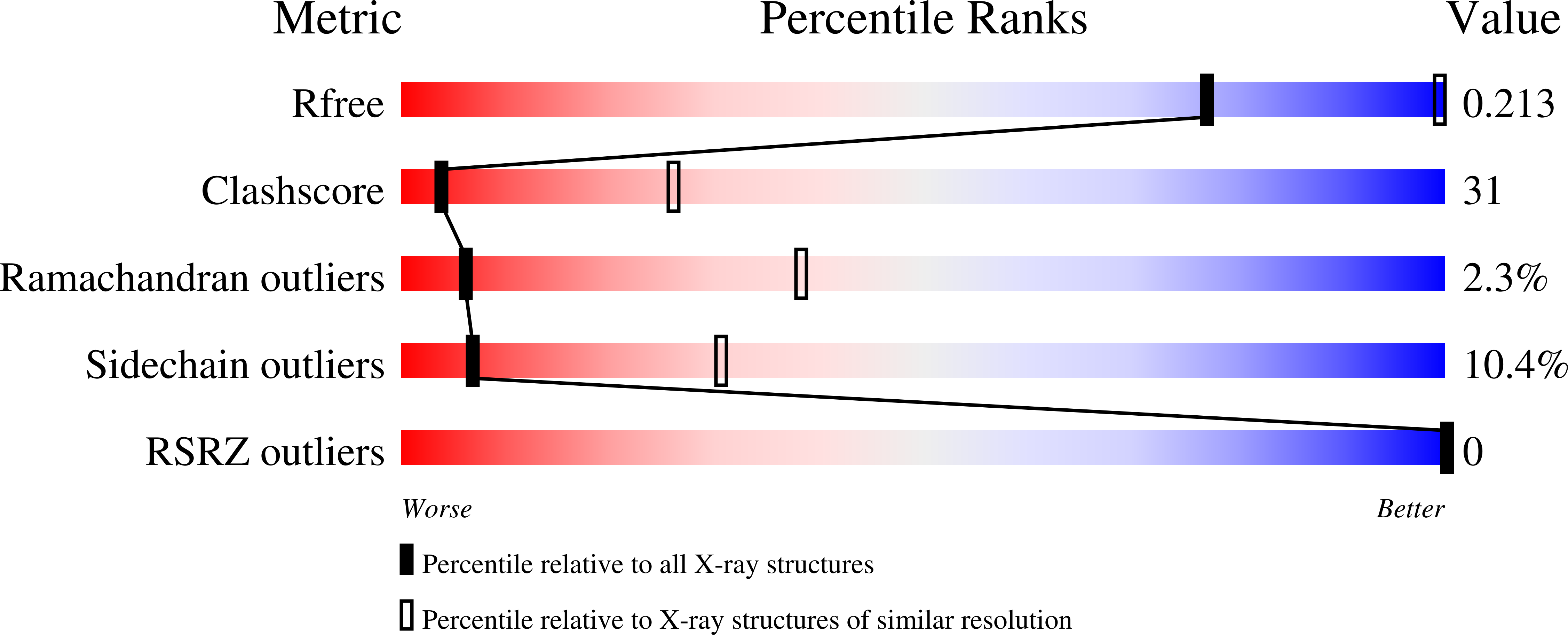
Deposition Date
2008-08-05
Release Date
2008-11-04
Last Version Date
2024-10-16
Entry Detail
PDB ID:
3E2H
Keywords:
Title:
Structure of the m67 high-affinity mutant of the 2C TCR in complex with Ld/QL9
Biological Source:
Source Organism:
Mus musculus (Taxon ID: 10090)
Host Organism:
Method Details:
Experimental Method:
Resolution:
3.80 Å
R-Value Free:
0.27
R-Value Work:
0.22
Space Group:
P 64 2 2


